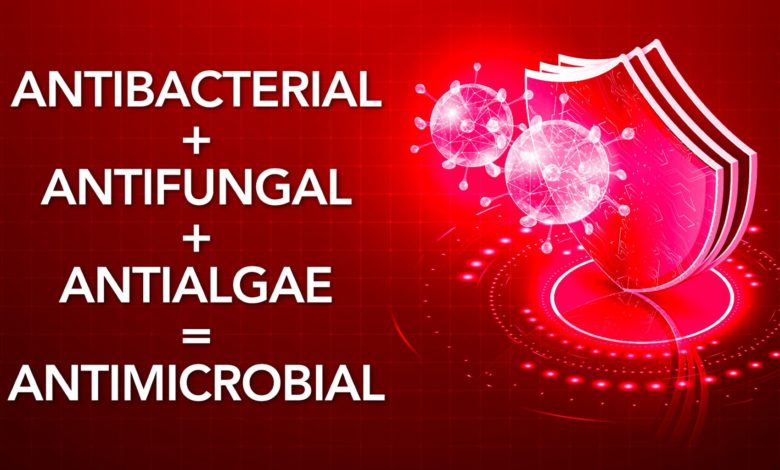
Keeping surfaces like doors, keypads, counters, and tables clean has never been more critical. There are some films available that provide additional protection from within.
Microorganism-fighting technology
When making a film with microorganism-fighting technology, it’s embedded into the materials’ physical structure, so it will not wash off or wear away. When bacteria contaminate the film’s surface (from human contact, environmental conditions, or lack of cleaning), this technology helps inhibit bacterial growth. While not a replacement for regular cleaning, the treatment boosts the surface’s cleanliness in between cleaning.
Antibacterial vs. antimicrobial
There are two types of products to choose from: antibacterial and antimicrobial. Antibacterial films protect only against bacteria, while antimicrobial films are effective against bacteria, plus fungi, including mold, algae, and mildew. The different effects depend on the chemistry—typically copper, silver, or zinc.
Copper, silver, or zinc additives
The ions in copper prevent cell respiration and damage the bacterial cell membrane or viral coat to destroy it. Positively-charged silver ions target and kill bacteria, fungi, and certain viruses through several different means. Zinc-based additives are broad-spectrum antimicrobials, making them effective against many microorganisms, including bacteria and fungi. The broader spectrum performance of antimicrobial substances makes them suitable for use in all environments.
Silver-based technology can migrate out of the film and may become ineffective over 3-5 years. Zinc-based technology locks into the film and protects the surface, typically up to 15 years.



